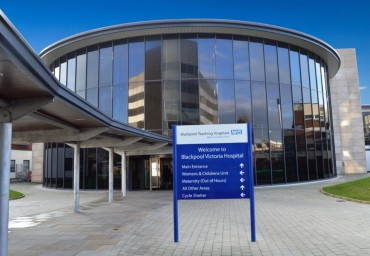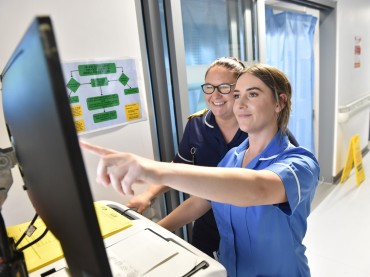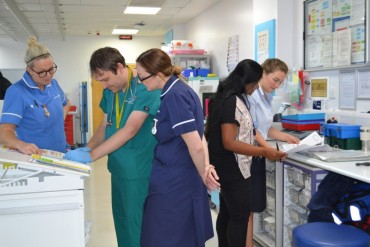Overview
Vitrectomy surgery is a procedure which involves making three small surgical incisions into the white part of the eye known as the sclera, which allows f ine instruments to enter the eye.
We are aware this PDF are might not be accessible to all users. If you would like to request an accessible version, please contact bfwh.
Read our accessibility statement to learn more.



